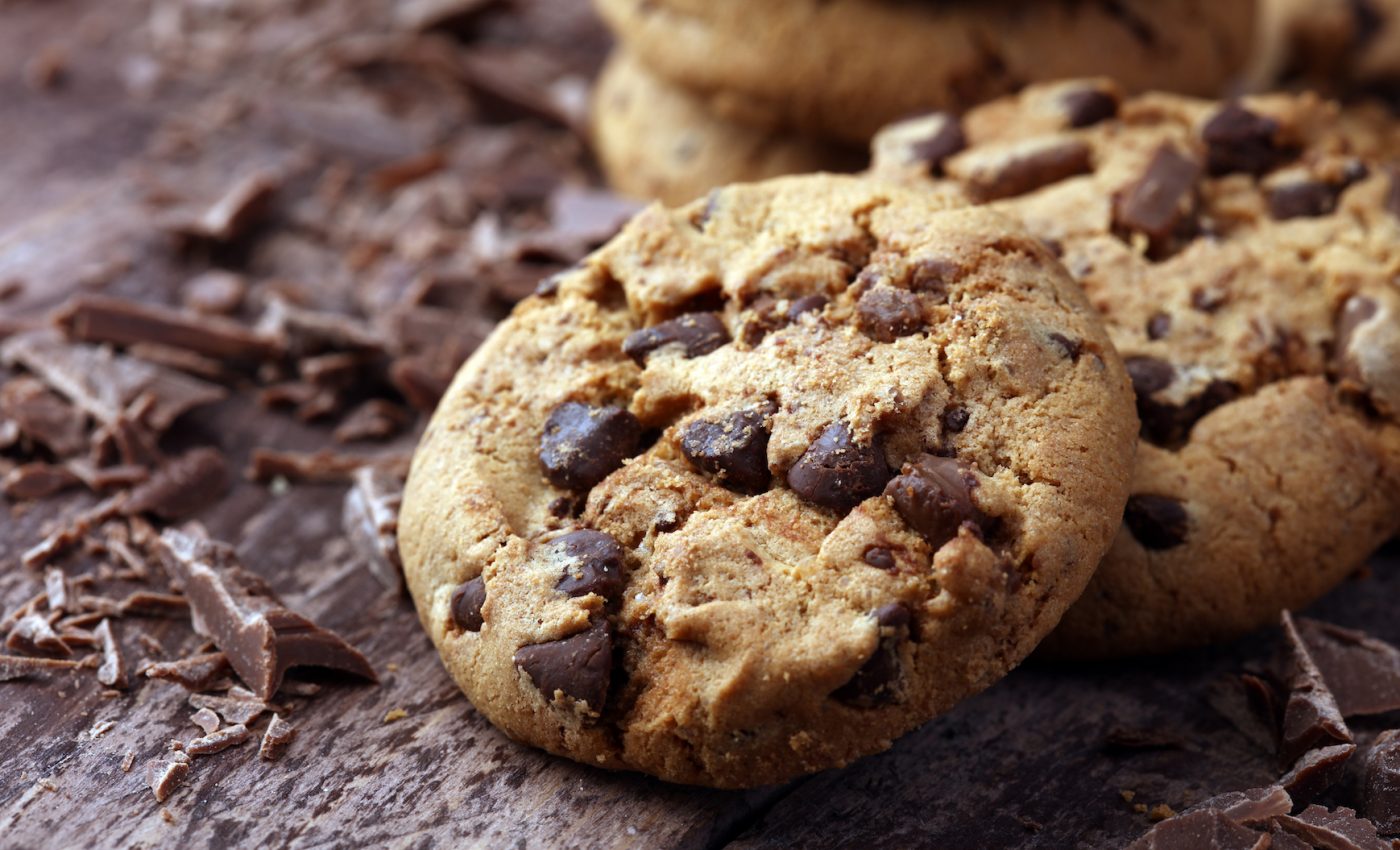
How to use science to master your holiday baking
Tis the season for baking, whether it’s pumpkin pie, cookies, or the wide array of sweet rolls, cakes, and breads that may grace your kitchen table or family get-togethers. Personally, I love baking, but my attempts more often than not turn into disastrous fails rather than sweet treats.
It was after reading about a group of scientists that used physics to tackle the perfect pizza crust that I wondered if folding in a little science know-how could help improve my baking and provide a set of tools that I could use to fix mistakes and turn those fails into successes.
I used to think that following a recipe to the letter would be enough, but after one too many flat, crumbly cookies, useless cake clumps that were about as far away from a cake pop as you could get, and cinnamon rolls where more roll ended up stuck to the pan than on the plate, I knew I was missing some key factors.
If we take a look at one recipe, the tried and true, much beloved, chocolate chip cookie, can science help us make baking magic?
Specifically, let’s look at Betty Crocker’s chocolate chip cookie recipe.
The good news is that once you’re familiar with the basics, just like any good foundation, you can keep building and expanding on it. But you can’t write novels without learning the alphabet, you can’t study the cosmos without understanding the atom, and you can’t bake chocolate chip cookies without knowing what goes in them.
The Ingredients
Wet
1 cup butter or margarine, softened: The fat
3/4 cups granulated sugar
3/4 cups brown sugar packed
1 teaspoon vanilla
1 egg: Thickens, binds, and adds stability
Dry
2 1/4 all-purpose flour: The glue
1 teaspoon baking soda: The raising agent
1/2 teaspoon salt: Enhances the sweet flavors
1 package (24 ounces) semisweet chocolate chips (4 cups)
1 cup coarsely chopped nuts optional
Essentially, baking boils down to flour, fat, and sugar mixed with a raising agent to help the dough rise and expand along with the all mighty egg which can help add stability to the batter, thicken, and bind ingredients together.
Flour is such a basic, versatile ingredient for baking, whether it’s hearty bread or a light, moist cake. Flour is made up of starch and coiled proteins, and when you get flour wet, the proteins gliadin and glutenin uncoil and link together. This forms the glue or gluten that provides the backbone to baking.
Baking soda (sodium bicarbonate) and baking powder are considered leavening or rising agents because the carbon dioxide produced by the powders is what helps the dough rise, and this chemical reaction is helped along when the dough is exposed to hot temperatures.
The first step in many baking recipes is to separate the wet ingredients from the dry ingredients. You’ll find many recipes purposely list the ingredients the way that they do so that people won’t mix everything together right away.
Mixing the ingredients separately, specifically the dry ingredients, ensures that everything is incorporated evenly. According to Bigger Bolder Baking, mixing the dry ingredients “disperses the raising agents,” which in this case is the baking soda.
With the Betty Crocker chocolate chip cookies, I know that I need to cream the sugar, butter, vanilla, and egg together. The dry ingredients can easily be mixed together in a separate bowl, but the wet ingredients require a little more finesse.
Creaming the sugar, butter, and egg together doesn’t just help with mixing all the ingredients together, it’s a crucial step that can make or break your baking. With creaming, you’re working to create a light, fluffy whipped texture of butter, sugar, and egg that’s filled with air pockets.
The sugar helps speed up this process because the sugar crystals cut through the fat.
James Morton, in his book How Baking Works, writes this of creaming:
“The sugar tears through the fat, trapping lots of tiny bubbles of air within fat droplets by simple mechanics. These expand when heated to make your bake rise.”
Stella Parks from Serious Eats recommends creaming the butter and sugar together for five minutes before adding the other wet ingredients. Not only does this help create the ultimate light, fluffy texture but proper creaming also extends and enhances your dough.
“Cream the butter and sugar properly, though, and the cookie dough will be loaded with micro-pockets of air,” writes Parks. “That air is a poor conductor of heat, which means that it helps insulate the dough from the hot baking sheet in the oven, slowing the rate at which the butter and sugar melt.”
Once the wet ingredients have all been creamed together and the dry ingredients mixed in with the wet ingredients, the dough is ready for baking.
The Betty Crocker recipe calls for an oven set at 375, and yes, there’s some science to the temperatures that recipes bake at as well.
Many recipes call for a temperature of 350, and this has to do with something called the Maillard reaction.
To better understand the Maillard reaction just think about the beautiful golden brown color of many baked goods. The Maillard reaction describes the amazingly complex flavors and textures that are created when the sugars and proteins in food are heated up.
“Without Maillard chemistry we would not have a dark bread crust or golden brown turkey,” the authors of the Royal Society of Chemistry book wrote, “our cakes and pastries would be pale and anemic, and we would lose the distinctive color of French onion soup.”
So we’ve covered ingredient basics, mixing musts, and even why certain things cook at specific temperatures. There are also a myriad of advanced tools and appliances you can use for baking and cooking, but if you’re just looking to take your novice baking up a notch, a little science know-how will go along way.
—
By Kay Vandette, Earth.com Staff Writer













